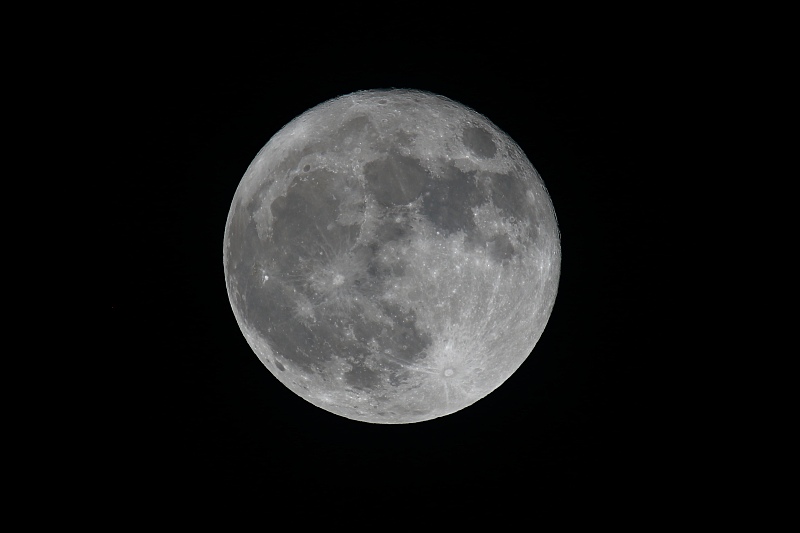Manned moon, Mars missions among plans
By ZHAO LEI | China Daily | Updated: 2019-11-05 03:39

As planners for manned space missions move steadily toward the goal of placing Chinese astronauts on the moon, they have also started setting their sights on a much farther destination — Mars.
Scientists have been making preparations for the country's manned lunar missions, including the establishment of a manned scientific outpost, according to the nation's leading space contractor, China Aerospace Science and Technology Corp.
The company said the ultimate goal of China's lunar expeditions is to lay the scientific and technological foundations for manned missions to Mars.
"The next steps in (China's) manned space programs will be manned exploration of the moon," the State-owned space conglomerate quoted manned space program officials as saying in a statement sent to China Daily. "(We will) set up bases on the moon to conduct scientific operations, expand a habitable place for mankind and gain experience and expertise for deep-space expeditions beyond the moon. The long-term goal is to send humans to Mars."
It is the first time that China's space industry has publicly unveiled a plan for manned missions to the red planet.
Pang Zhihao, a space technology researcher in Beijing, said it is very meaningful for mankind to reach Mars, adding that some Chinese scientists have proposed a manned Mars mission before 2050.
"Sending astronauts there will give man better opportunities to look for traces of life on Mars. This is important because in our solar system, Mars resembles Earth the most, so research into the possibility of the existence of life there will enable us to better understand the origin and evolution of life on our mother planet.
"Also, there are theories that Mars was very similar to Earth in terms of environment billions of years ago, so manned missions will allow extended, specific surveys that will help to forecast how Earth will likely grow," the researcher said.
If existing unmanned missions find any form of water on Mars, then astronauts can be sent there to establish outposts to explore the feasibility of large-scale interplanetary immigration in case of catastrophic contingencies on Earth like an impact from extraterrestrial bodies, according to Pang.
However, scientists and engineers must overcome a great many difficulties to send a manned mission to Mars, he said.
"First of all, Mars is very far from Earth — the closest distance is 55 million kilometers, which means a round trip will take more than 500 days," the researcher said. "Second, putting a manned rocket into the Earth-Mars transfer trajectory will require it to be able to fly at the escape velocity, or 11.2 km per second."
Other factors that should be taken into consideration include disturbances in communication between a Mars-bound spacecraft and Earth, sources of energy to sustain operations on Mars and astronauts' health risks caused by a lengthy stay on Mars.
"The decrease of bone mineral density, space radiation and mental health will pose threats to astronauts and their missions. Scientists will need to develop a reliable bioregenerative life-support system," Pang said. "Of course, if they develop some sort of game-changing propulsion system like a nuclear-powered rocket, then the time needed for a Mars journey would be tremendously shortened and such a mission's complexity would be hugely reduced."
Xing Qiang, an independent researcher and founder of Micro-Rocket Union, a nonprofit space research organization in Beijing, said mankind's existing technologies are not good enough for a manned mission to Mars and are only sufficient for expeditions with a human crew to orbit the planet.
"The most essential part in a manned Mars journey would be a superpowerful rocket equipped with an upper stage capable of making up to six orbital maneuvers. The rocket would carry so many things — all the necessities astronauts need on Mars and during the return flight," he said. "Even the Long March 9 would not be strong enough for such a mission."
Long March 9, in research and development, is expected to be the world's mightiest rocket.
























